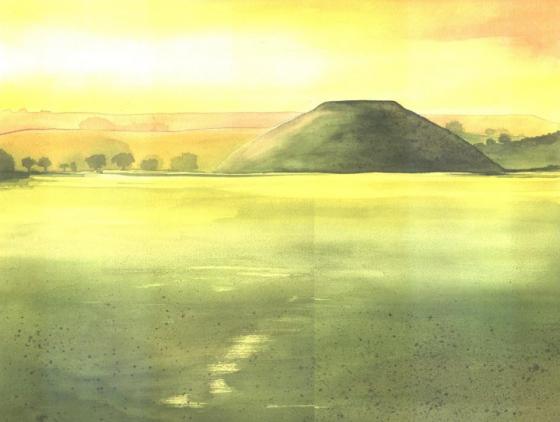>The excavations at the top do appear to show that the top was flat because of the chalk-stone work that was found when trenches were dug in the 1960's and a few years ago,
But that does not mean that it was an observation point that had to be climbed (processionaly or otherwise.)
Yes, I'd agree with you there. The whole idea of a path hinges on whether the summit was designed to be flat; indications are that it <i>was</i> designed to be flat but that does not mean it was designed to be flat for ceremonial uses - it could have been designed to be flat for some grander scheme (its place in the landscape when viewed from a distance for example).
Personally I quite like the idea of a path but need to read up on it more. I also think comparisons like the one StoneLifter made with Rivington Pike and similar hills might lead us to a better understanding of these places.
